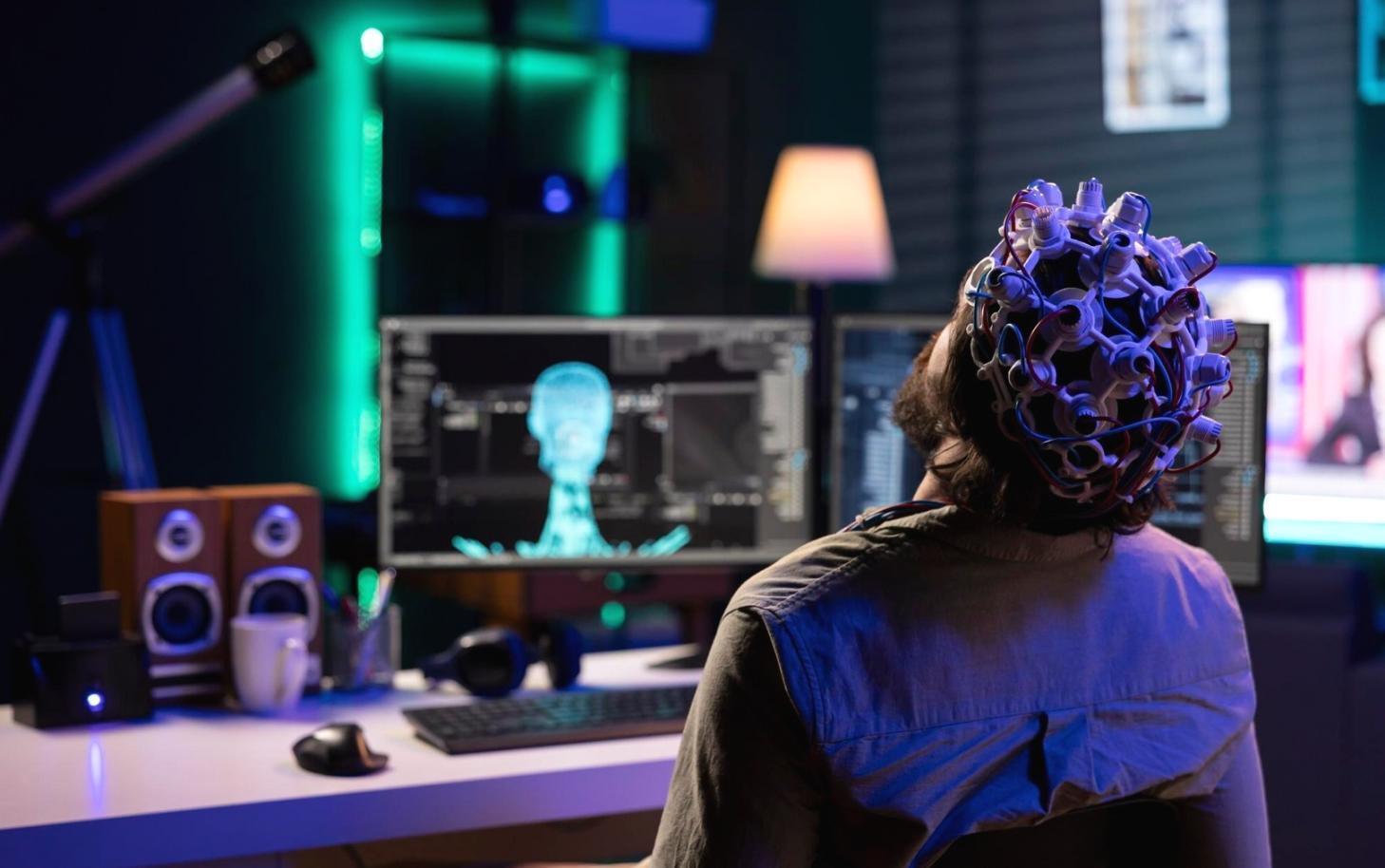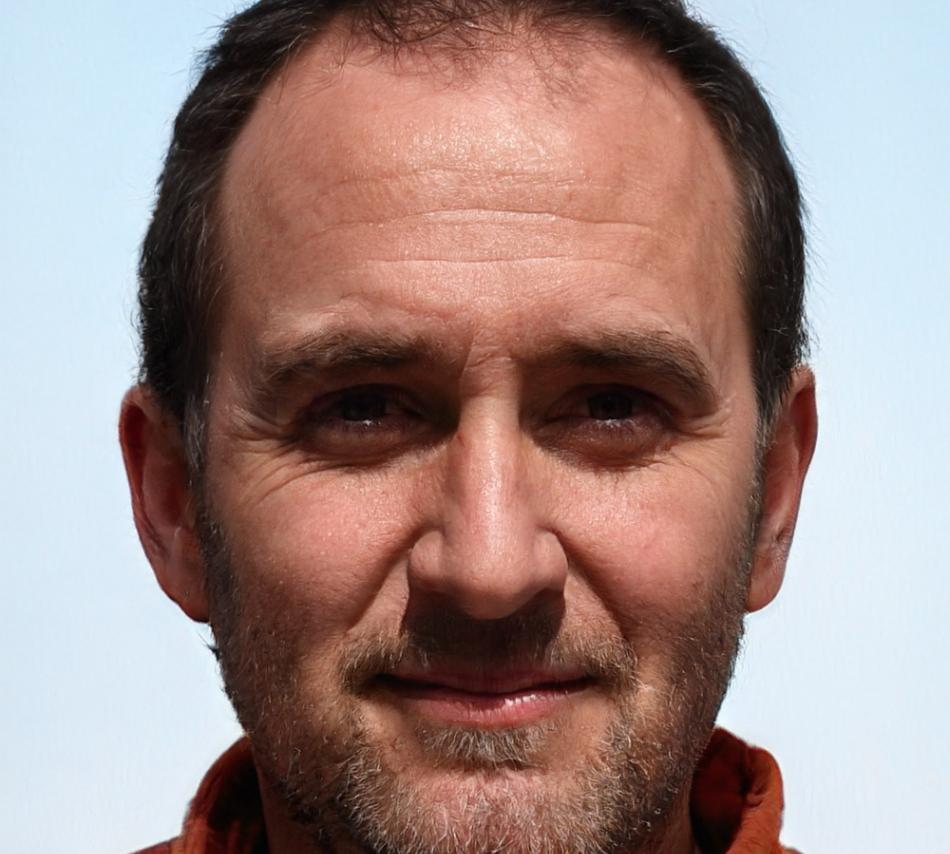Ready to Build Game Worlds?
Before jumping into 3D level design, let's talk about what you actually need. I've taught hundreds of students, and the ones who start with the right mindset and tools always have a smoother learning curve.
This isn't about having the most expensive computer or being a natural artist. It's about understanding what you're getting into and preparing yourself properly. Most people overthink this part.
What Makes Someone Ready?
You don't need prior game development experience. But you do need curiosity and patience.
Level design combines spatial thinking with technical skills. Some days you'll spend hours tweaking lighting. Other days you'll wrestle with optimization issues. That's normal. The question is whether you find that process engaging or frustrating.
Problem-Solving Mindset
You'll run into technical issues constantly. Being comfortable with trial and error helps more than natural talent.
Basic Computer Literacy
If you can install software, manage files, and follow online tutorials, you're good. That's the baseline.
Time Commitment
Plan for 8-10 hours weekly. Less than that and you'll forget concepts between sessions. More is fine if you enjoy it.

Technical Requirements That Matter
Let's be practical. You need decent hardware, but you don't need a gaming rig. Most modern laptops from the past three years can handle beginner-level work.
Processor
Intel i5 or AMD Ryzen 5 (8th gen or newer). Quad-core minimum. Game engines use multiple cores heavily.
Memory
16GB RAM is the sweet spot. You can start with 8GB but will hit limits quickly when working on detailed environments.
Graphics Card
NVIDIA GTX 1650 or AMD RX 580 minimum. Integrated graphics work for learning basics but struggle with complex scenes.
Software You'll Use
How Learning Actually Progresses
Setting realistic expectations prevents disappointment. Here's what the learning path typically looks like based on students I've worked with over the past few years.
Months 1-2: Interface Confusion
Everything feels overwhelming. You'll spend time just learning where tools are located. This phase is awkward for everyone. Focus on completing small projects rather than understanding everything at once.
Months 3-4: Building Confidence
You start seeing how pieces connect. Creating simple playable spaces becomes manageable. You'll still reference tutorials constantly, which is normal. Most professionals do too.
Months 5-6: Developing Style
Your work starts looking intentional. You begin making design choices based on understanding rather than guessing. This is when it gets genuinely fun because you can execute ideas without fighting the tools.
Months 7+: Portfolio Building
Focus shifts to creating showcase work. You refine existing projects and explore specialized areas like environmental storytelling or optimization techniques. This is ongoing learning that never really stops.
